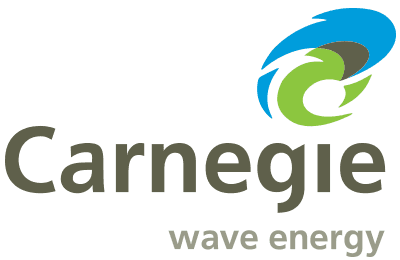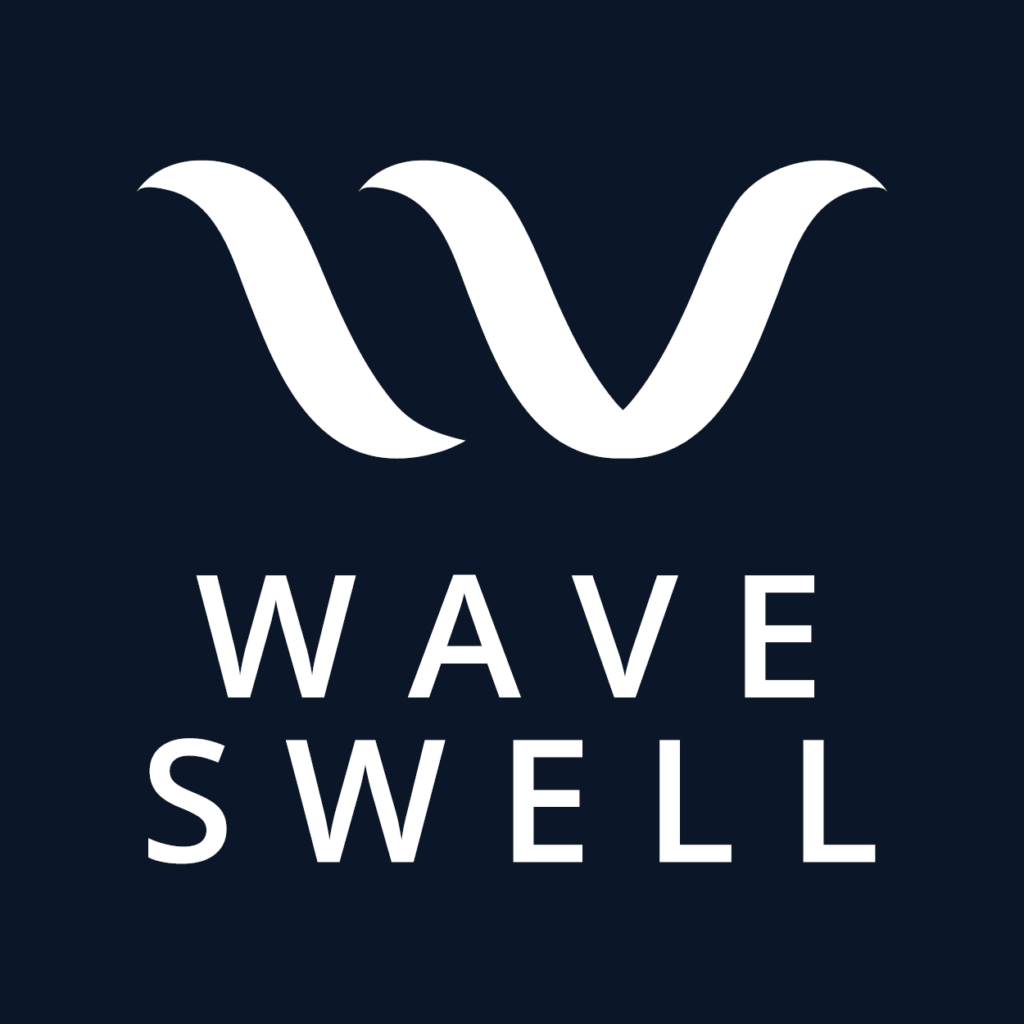Seldom is something so beautiful yet so lethal as the ocean. But what if wave energy can be captured to power the world?
Wave Energy Industry: A Brief Overview
The earliest attempts at harnessing the ocean’s energy date back to the late 1700s. But over the centuries, wave power still hasn’t managed to establish itself as a full-on commercial industry, even though the potential energy of the waves and the tides amount to twice the world’s current electricity production. Wave power is even further behind its sibling, tidal power (the difference being that wave power focuses on, well, the waves, while tidal saps energy from currents, though the sectors often overlap). The last few decades saw the rise and fall of several projects and companies once thought to be the next big thing.
Still, spurred in part by governmental investments following concern about climate change, wave energy is still bobbing along – but whether the following companies will stand the test of time remains to be seen.
10 Wave Energy Companies (Worldwide)
Eco Wave Power

- Location: Sweden
- Founded: 2011
- Number of employees: 14
- Current funding level: $1.866 million net loss for 2023
- LinkedIn: https://il.linkedin.com/company/eco-wave-power
Overview: Having successfully concluded a proof-of-concept of its on- or near-shore system in the strait of Gibraltar in 2022, Eco Wave Power now operates a 100-kW installed capacity wave farm in Israel (where the company was founded), and is also planning facilities in the US and Portugal. Its system works by means of ‘floaters,’ which bob up and down with the waves and build up pressure in an accumulator; this is converted into energy via a motor and generator.

Carnegie

- Location: Australia
- Founded: 1987
- Number of employees: 74
- Current funding level: $583,309 net loss during the year ending July 2023
- LinkedIn: https://au.linkedin.com/company/carnegie-wave-energy
Overview: Carnegie’s submerged wave energy converters – unusual for the sector – look like underwater UFOs. The saucers move with the waves, pumping seawater through a pipe that, once onshore, drives a turbine that generates electricity. The system, called CETO, had already been installed off Australia to supply the country’s largest naval base; the company has since won several grants and commissions for further development and certification.
Seabased

- Location: Sweden
- Founded: 2001
- Number of employees: 16
- Current funding level: raised a total of $14.1 million
- LinkedIn: https://ie.linkedin.com/company/seabased-wave
Overview: With a string of test projects in Sweden, Finland, Norway, and Ghana under its belt, Seabased is now under contract to build its wave power parks in Barbados, Bermuda, Martinique, and Tonga. The parks are made up of modular units, which consist of a steel buoy; as it rises and sinks with the waves, this movement is translated into electricity at its base (known as the point absorber method).
CorPower Ocean

- Location: Sweden
- Founded: 2012
- Number of employees: 86
- Current funding level: raised a total of $40.7 million
- LinkedIn: https://se.linkedin.com/company/corpower-ocean
Overview: Apparently inspired by the human heart, an early version of CorPower’s point absorber buoy cut its teeth off the coast of Orkney, Scotland, a sea energy hub, in 2018; five years on, a full-scale model completed three months of testing near Portugal. Its next big project is deploying Project Saoirse, a plant off the Irish coast with 5MW capacity by 2026, and 30MW two years later.
EHL Azura

- Location: New Zealand
- Founded: 2004
- Number of employees: unclear
- Current funding level: unclear
- LinkedIn: https://nz.linkedin.com/company/azura-ocean-technology
Overview: As a wave energy company, Azura is a bit of an odd duck; it’s developed jointly by the New Zealand EHL group and the American Northwest Energy Innovations (NWEI). Its system is yet another point absorber; it’s been demoed at sites near Oregon and Hawaii and is now deemed commercially viable. Azura’s focus is bringing potable water (desalinated by its generated electricity) and the electricity itself to island-based communities, which don’t have steady supplies and are often devastated by storms.
AW-Energy

- Location: Finland
- Founded: 2002
- Number of employees: 100+
- Current funding level: raised a total of $28.4 million
- LinkedIn: https://fi.linkedin.com/company/aw-energyoy
Overview: The European Union eyes installing 1 GW worth of ocean energy by 2030, and companies like AW-Energy have wasted no time getting in on the action; after completing an EU-funded three-year project called WaveFarm, it recently snapped up a contract for a 2MW wave plant near Portugal. Its product, called WaveRoller, is flat and wide, standing upright in the surf; as it sways to and fro with the waves, a system of hydraulics converts the motion into energy.
Wave Swell Energy

- Location: Australia
- Founded: 2016
- Number of employees: 7
- Current funding level: raised a total of $18.2 million
- LinkedIn: https://au.linkedin.com/company/wave-swell-energy
Overview: Wave Swell’s mechanism doesn’t look pretty, but during its first deployment near Tasmania’s King Island in 2021, the big floating concrete block – called UniWave200 – reportedly powered nearby homes for at least a year. Unlike most competitors, the thing doesn’t move with the water; instead, it uses an ‘artificial blowhole’, wherein waves push air through a turbine that generates the electricity.
OceanEnergy

- Location: Ireland
- Founded: 2012
- Number of employees: unclear
- Current funding level: unclear
- LinkedIn: https://www.linkedin.com/company/oceanenergy
Overview: Ireland’s wave energy company, Ocean Energy, has been having a hell of a year. In July, its American subsidiary deployed its massive new OE35 buoy at a US Navy test site near Hawaii; more recently, the multinational European effort WEDUSEA, a demonstrator for the 1 MW OE35, was given the official go-ahead. The system is not unlike Wave Swell’s; waves force air into a chamber, which spins a turbine, and when the waves recede, the air is sucked back through the turbine again.
Mocean

- Location: Scotland
- Founded: 2015
- Number of employees: 31
- Current funding level: raised a total of $4.69 million
- LinkedIn: https://uk.linkedin.com/company/mocean-energy
Overview: While other wave energy companies pursue blowholes and point absorbers, Mocean’s going with a so-called hinged raft: a floating structure consisting of two arms connected by a center hinge. The motion of the waves causes the arms to rotate about the center, generating electricity. Mocean testing this with its 2021 prototype Blue X; it’s since moved on to the commercially viable Blue Star and the even larger Blue Horizon, which promises to deliver ‘grid-scale power’ when deployed in droves offshore.
Waves4Power

- Location: Sweden
- Founded: 2008
- Number of employees: 5
- Current funding level: raised a total of $6 million
- LinkedIn: https://www.linkedin.com/company/waves4power-ab
Overview: Wave4Power’s WaveEL system is not your average point absorber; it’s free-floating (moored only to keep it in place), and the process takes place onboard the buoy. It began producing power at its first site near Norway in 2017. It’s now got several projects in the pipeline, including a 3MW plant for PLN Indonesia Power.
Challenges and Opportunities in the Wave Energy Sector
On paper, wave power looks almost criminally underused; out of all currently available renewable sources, waves have the highest energy density (according to World Economic Forum). And unlike other renewables, whose availability is often unpredictable and difficult to integrate into the grid, waves are less volatile since they’re dependent on the regular tide. Plus, wave energy is usually harmless to marine life (and can actually be beneficial by creating artificial reefs).
Still, there are a few reasons why it hasn’t yet taken off. For one, the ocean is a tough environment for heavy machinery; salt water corrodes like crazy, and storms can damage or free lighter buoys from their moorings (which is what once happened to Carnegie). It’s also very expensive compared to other renewables, there’s a high barrier to entry, supply chains are nonexistent, and getting the permits to deploy it can be a pain (at least, that’s the case with adjacent tidal power projects).
Read also: Top 15 Green Tech Companies & Startups in 2024
The Future of Wave Energy Companies
Despite those troubles, wave energy companies could still make a splash in the energy landscape of the future – even if wave energy doesn’t come near the impact of solar and wind energy. A report by Ocean Energy Systems, a program of the International Energy Agency, states that there is a way for wave energy to generate 300GW by 2050 (which could power about 225 million homes, as reported by Cosmos). But even though it’s an ambitious target, it still isn’t enough to reach net-zero by that year; as pointed out by World Economic Forum, hitting this target would require wave energy efforts to increase by 33% a year.
A key obstacle, says the IEA, is a lack of policy support for research and development. This is still a concern, but several countries and regions have upped their support, establishing programs, initiatives, and hubs for tidal and wave power. Orkney, Scotland is one such hub, and in terms of legislation, Australia and the EU have led the charge to fund wave power projects and development programs (such as Europe’s aptly named Europewave). As seen with companies like Ocean Energy and AW-Energy, this can make the difference between a technology getting deployed or getting stuck in the blueprints. But while these efforts are promising, there’s a long list of now-defunct wave power companies or projects that serve as a reminder of how tricky it is to keep the momentum going. So unless today’s challengers do something differently, they too might end up washed up on the shore.








